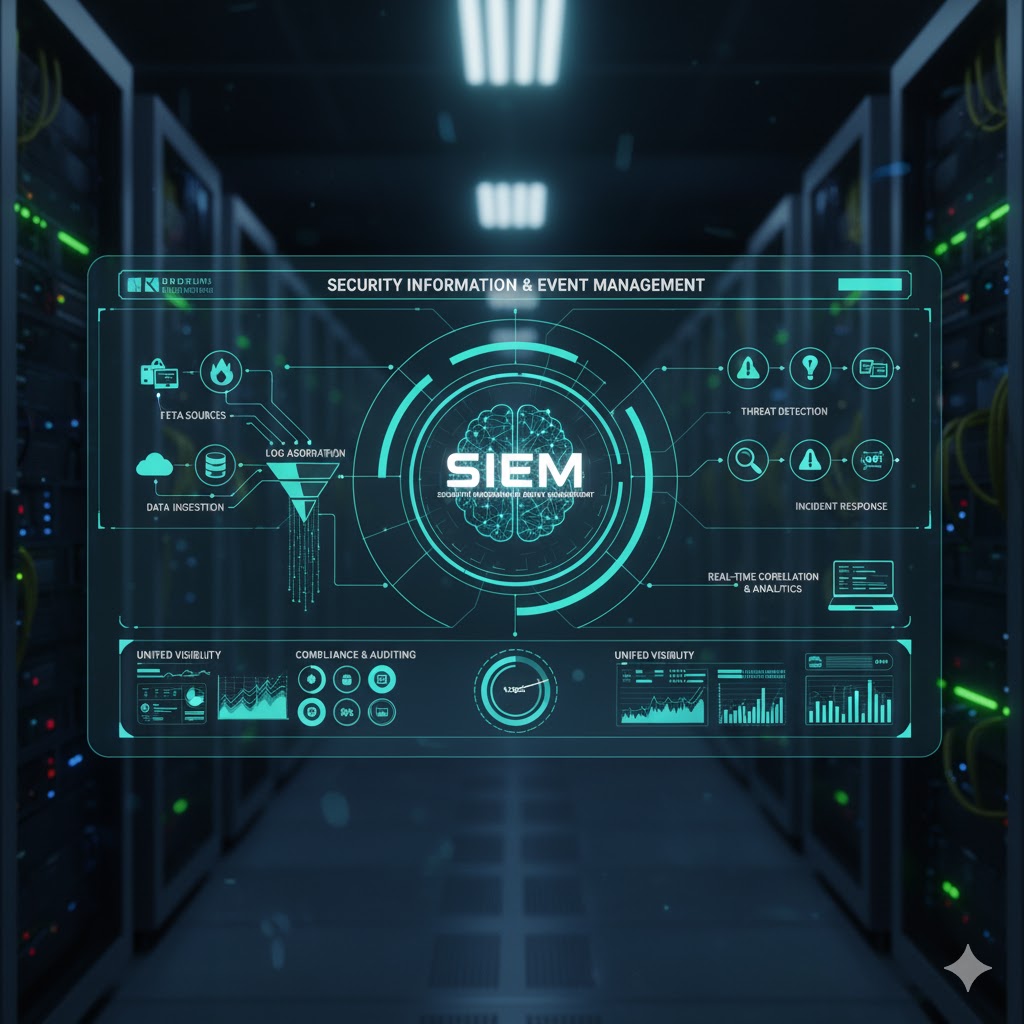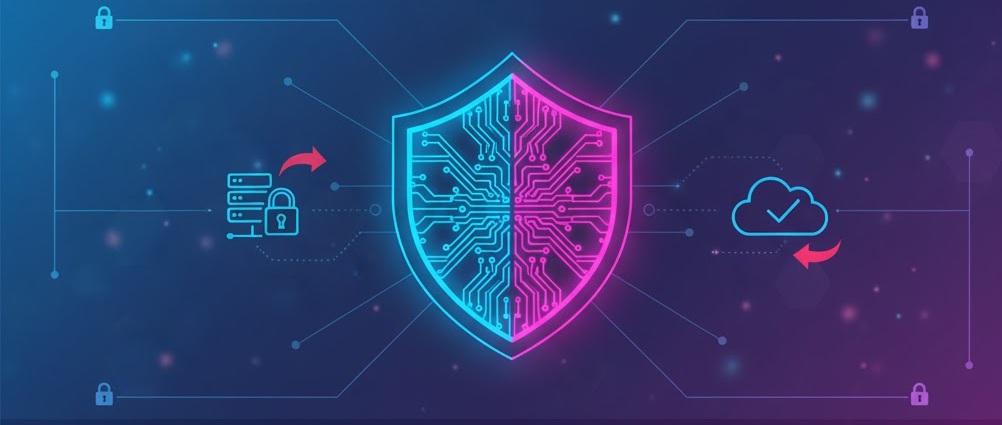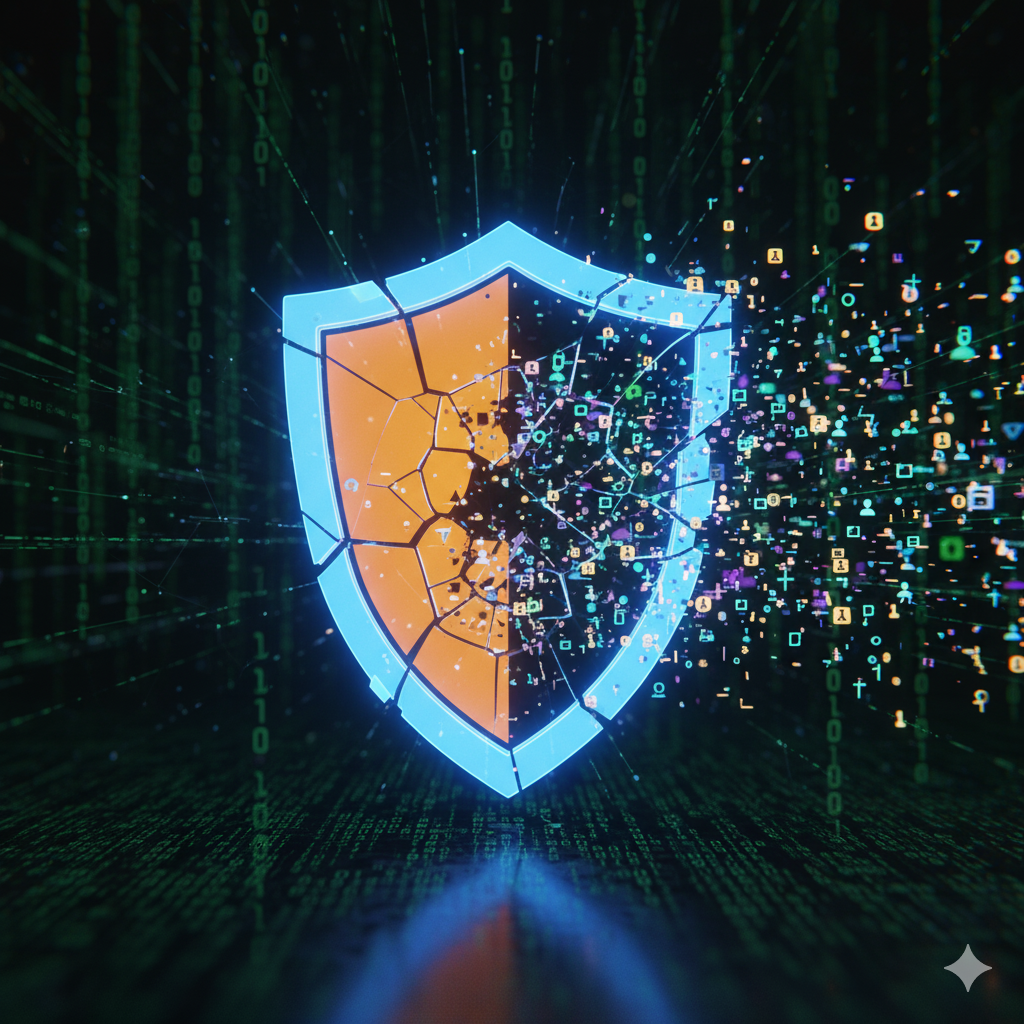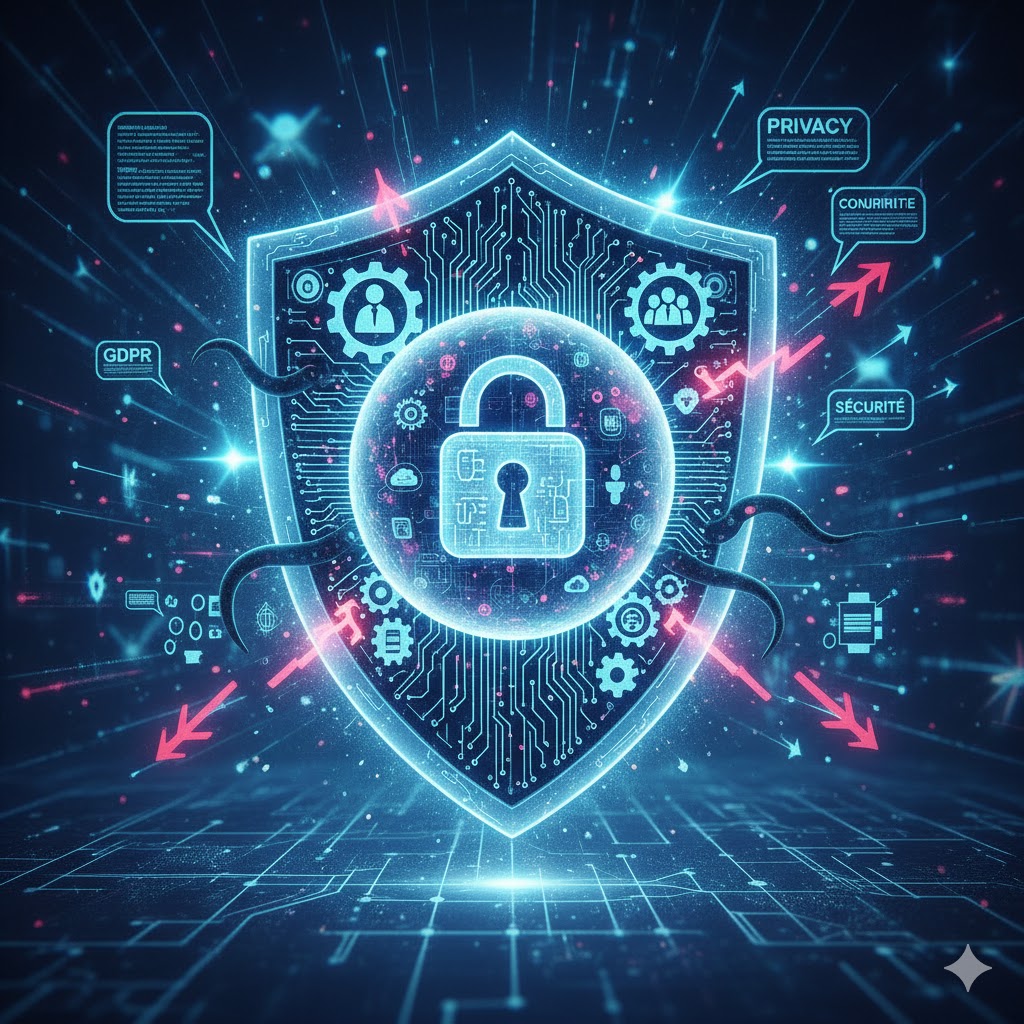In today’s complex cybersecurity landscape, organizations face an overwhelming volume of security data from various sources. This is where Security Information and Event Management (SIEM) systems become indispensable. A SIEM solution is a comprehensive platform that combines security information management (SIM) and security event management (SEM) functions into a single system.
What Does a SIEM Do?
At its core, a SIEM system performs two primary functions:
- Log Management and Aggregation: SIEMs collect log data from virtually every device and application across an organization’s IT infrastructure. This includes firewalls, servers, routers, switches, antivirus software, intrusion detection systems, and more. All this disparate data is then centralized and stored in a single repository.
- Event Correlation and Analysis: Once the data is aggregated, the SIEM analyzes it in real-time to identify potential security threats. It uses predefined rules, machine learning, and behavioral analytics to correlate seemingly unrelated events and detect patterns that could indicate a breach, attack, or policy violation. For instance, multiple failed login attempts on a server followed by an unexpected data transfer could trigger an alert.
Key Benefits of Implementing a SIEM:
- Enhanced Threat Detection: By centralizing and correlating security events, SIEMs can detect sophisticated threats that might otherwise go unnoticed by individual security tools.
- Improved Incident Response: When a threat is detected, the SIEM generates alerts, providing security teams with crucial context and actionable intelligence, which significantly speeds up the incident response process.
- Compliance and Auditing: SIEMs help organizations meet regulatory compliance requirements (like GDPR, HIPAA, PCI DSS) by collecting and retaining audit logs and providing reports on security events.
- Real-time Visibility: They offer a consolidated view of an organization’s security posture, allowing security teams to monitor activities across the entire network in real-time.
- Reduced Manual Effort: Automating log analysis and correlation frees up security analysts to focus on more complex tasks and investigations.
Challenges and Considerations:
While highly beneficial, implementing and managing a SIEM can present challenges. These include the significant volume of data, which requires substantial storage and processing power, the need for skilled personnel to configure and manage the system effectively, and the potential for “alert fatigue” if rules are not properly tuned.
Despite these challenges, a well-implemented SIEM is a critical component of a robust cybersecurity strategy, empowering organizations to proactively identify, respond to, and mitigate security threats in an increasingly dangerous digital world.



